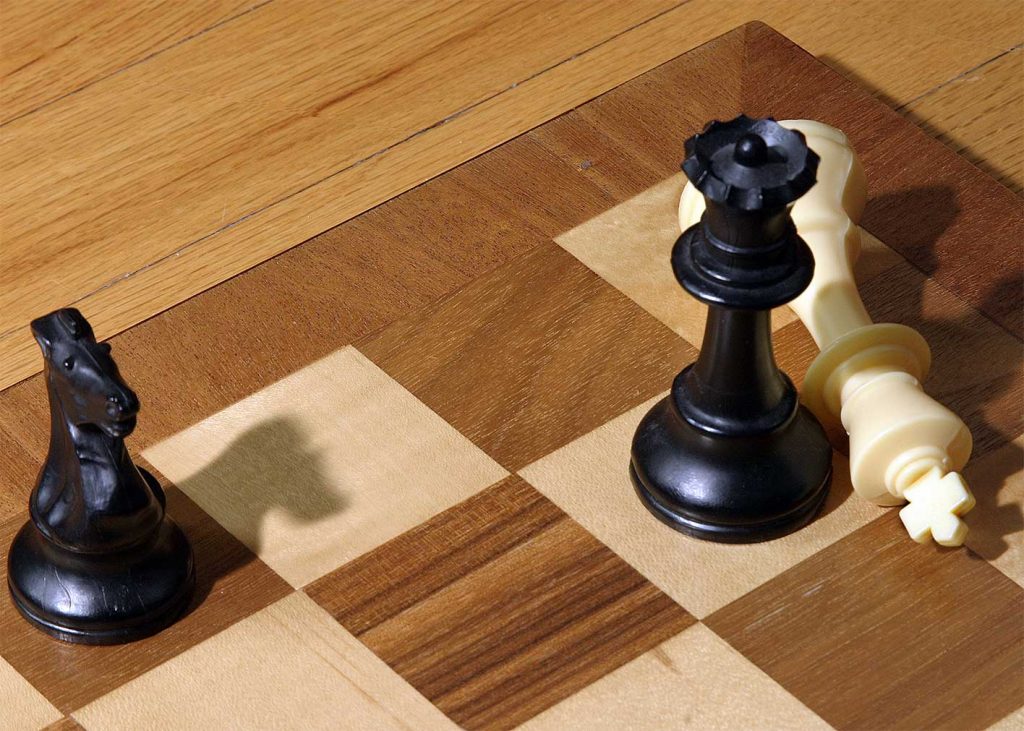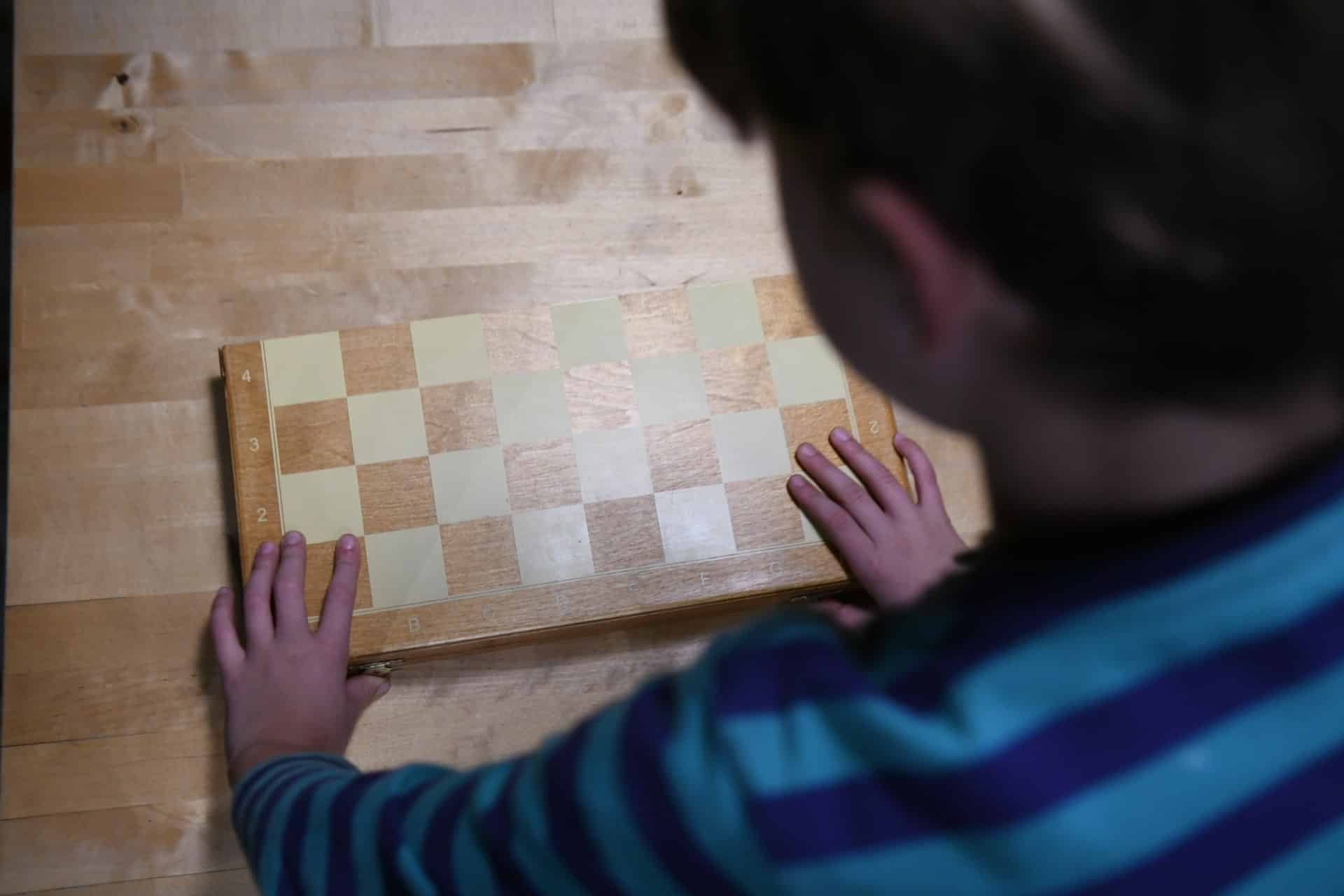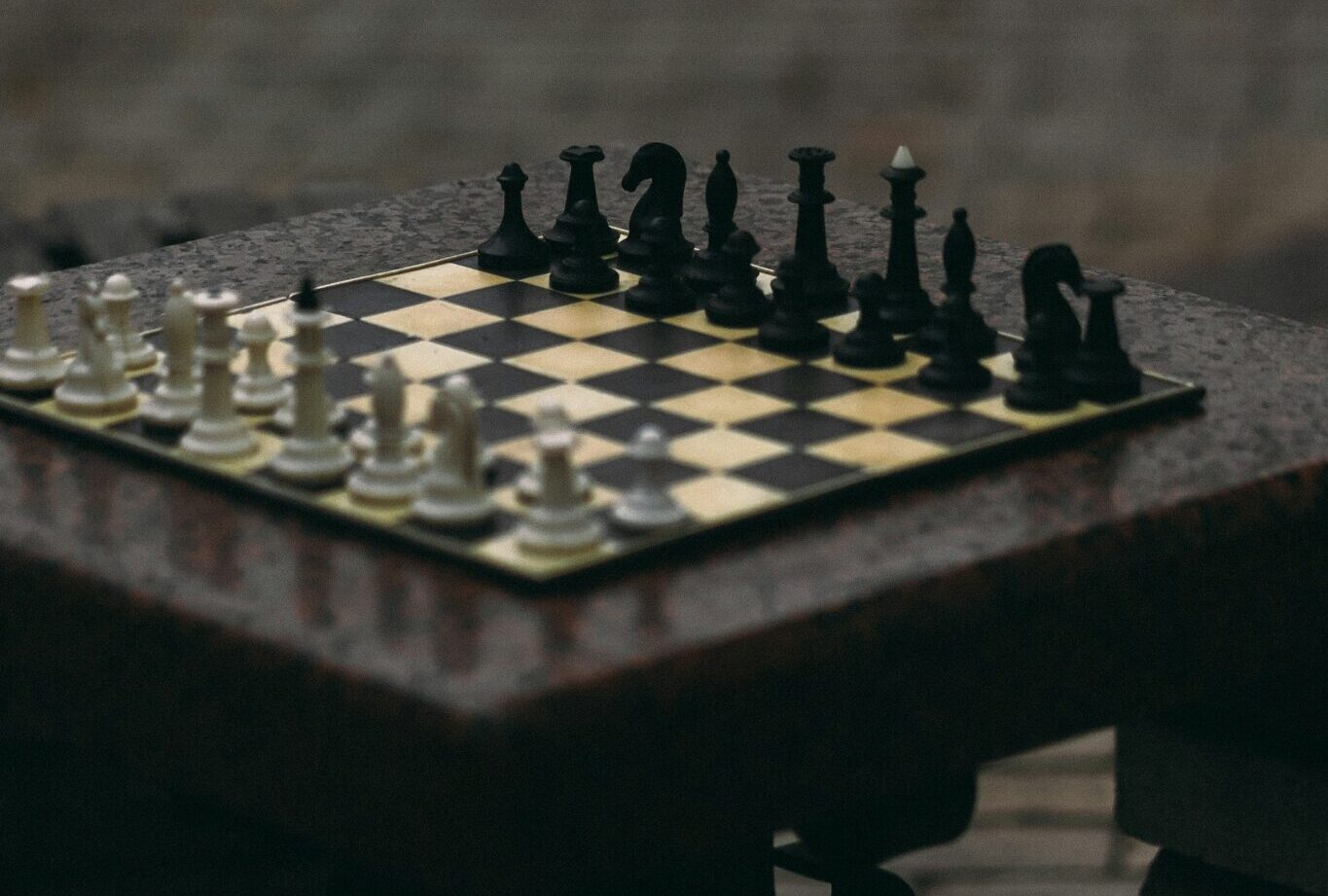Table of Contents
Chess openings traps
When the game of chess is starting, there are many quick tricks players can use against each other. However, quick traps in the opening are sharp, you can get a chess 7 move checkmate or an absolute disaster.
You need to know how to play for the advantage in the opening, which already is something not so recommendable to do. If you are playing an experienced player, you can be sure he won’t fall for quick tricks in a classical game.
If not, you might stand a chance to trick a beginner into a weird opening trap he doesn’t know. Of course, it doesn’t mean that any pro is simply immune to this kind of trap, just it will be difficult to make him fall for it.
If you can make someone fall for the chess 7 move checkmate is blitz games! For those who don’t know, blitz is a fast time control where the players don’t have much time to think.
So they can easily commit mistakes and fall into a trap set up by the other player and quickly end the game. But watch out! You can be the prey too!
We are going to go over the fast checkmates in the opening, how to play them, and how to stop them. This is the complete guide on opening traps for beginners, keep reading
Chess 7 move checkmate
First, the chess 7 move checkmate refers to a special mating position that can be given in the opening. Precisely, it appears after the following moves:
1 e4 e5 2 Kf3 Kc6 3 Bc4 d6 4 Kc3 Bg4 5 Kxe5! This gives an absolute advantage for white already, just within the first moves! We would have the following board position:
But wait, black could take our queen right now, yes but black would encounter difficulties right after:
5… Bxd1 6 Bxf7+ Ke7 Kd5++
Beautiful, isn’t it? It’s pretty interesting what a player can do in the first moves of the game if you don’t be careful. Already the move 4… Bg4 by black was a critical mistake, although it looks like a normal move, everything can be illusory in chess.
Even if black doesn’t take the queen he would be in trouble, let’s see, instead of 5… Bxd1, what happens if black plays something else?
If 5… dxe5 then 6 Qxg4 and white has won a pawn, are ahead in the development, and have won the bishop pair.
Checkmate your opponent fast!
Many variations lead to weird complications right in the opening, whenever you look for them, there they are. For example, the fegattello attack:
1 e4 e5 2 Kf3 Kc6 3 Bc4 Kf3 4 Kg5
Quickly moving in for the f7 pawn, but even if the attack looks good, it can be refused, and black could get an advantage fast. Most of these attacks will not end up in that quick checkmate you are dreaming of.
Nevertheless, is an interesting opening choice in a blitz game, normally, not many would expect that to be played in a tournament. Also, even if the attacks don’t work, you will create a misbalance fast in the game, if you like active positions.
This kind of opening will make your opponent feel, at least, a bit uncomfortable, if you know how to drive an attack, you can even get the advantage! The thing is that theoretically, these attacks shouldn’t work, but in the practice, they are sometimes useful.
However, know that you can lose every time you do it, but what is life without a little bit of risk, right?
How to stop the chess 7 move checkmate?
This is the part where the aggressive opening players will crumble, you can refuse all of these quick attacks. Some of them you can punish right away and win the game without complications, others don’t but still, get a long-term advantage.
We can’t post here all of the opening quick traps and their refutations! But we can give you simple tips to avoid getting checkmated, and give these opening aggressive players something to remember!
There are various principles you can follow to avoid the quick traps, and they are the same as the normal chess opening principles:
- Focus on the pieces’ development
- Don’t rush in for the material
- Occupy the center
This is a theory, we could also add some practical tips, some of the most important:
- Watch out for threats, spot what he is threatening
- Prophylaxis, ask yourself: What is he trying to do with that move, and discover his plan
The thing is, if you train your tactical eye with puzzles, you will spot the threats right away, and figure out a way to stop them. Everything comes down to see the threats, you shouldn’t worry about it, if you have a good tactical vision.
How to play with the traps in chess?
Usually, is not good advice to play for the quick traps that don’t have any future. These would be like taking a pawn in the opening, trying to attack the king with just 2 or 3 pieces, or sacrifice aimlessly against the king.
You can do it, but you need to know how to balance the position, and especially now when the attack is “dry”. If your opponent saw the threat and has stopped the attack completely, you should accept that and play on the position you have.
Don’t try to keep up with the attack or you will get punished, for sure. There is a reason why nobody in the elite plays like that, because it doesn’t produce any advantage.
But of course, chess is a game after all, is a good option to play like this if you want to have some fun. And, even in the middle-game or endgame, there is no problem in setting up a trap or two, you don’t know when they could fall for it! Become a master.
You may also like:
Can I Make Money Playing Chess Online?






